How To Grow Crocosmia: Complete Guide To Summer Blooms
Discover expert tips to nurture vibrant, radiant flowers that brighten your sunny garden!
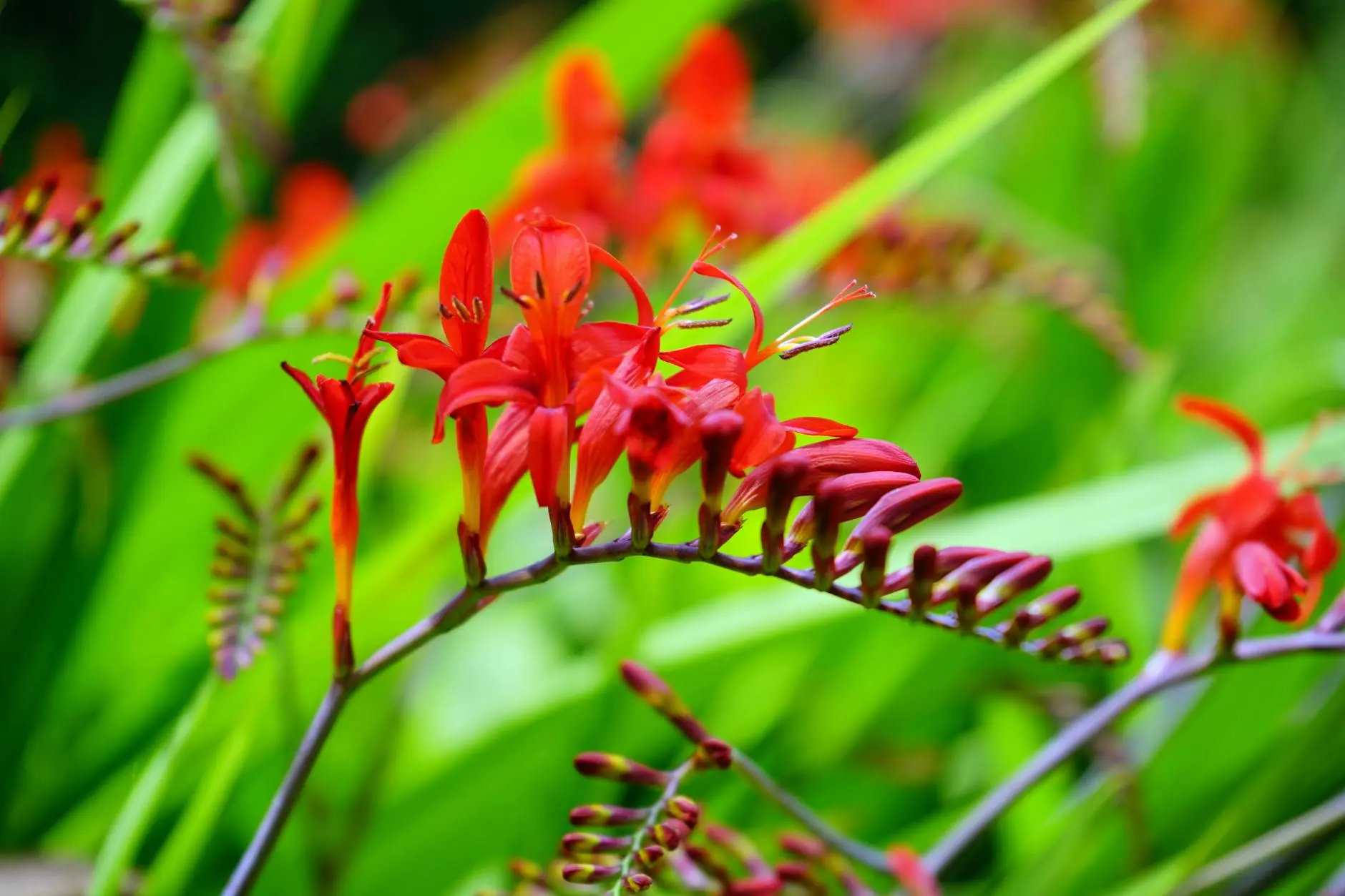
Crocosmia: Planting, Growing & Care Guide for Stunning Summer Blooms
Crocosmia is a dazzling perennial bulb that brings vivid color, unique texture, and lively pollinators to summer gardens. Known for its sword-shaped foliage and arching stems ablaze with fiery blossoms, Crocosmia offers both beauty and ease for gardeners at every skill level. This comprehensive guide will walk you through everything you need to know—selection, planting, care, design, troubleshooting, and more—so you can enjoy spectacular displays for years to come.
About Crocosmia
Crocosmia, sometimes known as montbretia, is a member of the Iridaceae family and originates from South Africa. It features striking, upright sword-like leaves and vibrant blooms in shades of red, orange, and yellow. Crocosmia’s dramatic, arching flower spikes make it a standout in mixed borders, cutting gardens, and wildlife-friendly landscapes alike.
- Botanical Name: Crocosmia
- Common Names: Montbretia, Coppertips, Falling Stars
- Plant Type: Perennial bulb (corm)
- Flower Colors: Red, orange, yellow
- Height: 2–6 feet (variety dependent)
- Bloom Time: Mid-summer to early autumn
- Hardiness: USDA zones 5–9 (some cultivars hardy to zone 4)
Benefits of Planting Crocosmia
- Provides bold, long-lasting color from midsummer into autumn
- Attracts hummingbirds, butterflies, and bees
- Excellent for cut flower arrangements
- Low-maintenance and drought-tolerant once established
- Multiplies and naturalizes readily over time
Popular Crocosmia Varieties
Crocosmia comes in many spectacular cultivars, each offering distinct flower forms, colors, and growth habits. Some of the most popular varieties include:
- ‘Lucifer’: Striking scarlet-red flowers; one of the hardiest and tallest varieties (up to 4 ft).
- ‘Emily McKenzie’: Large orange blooms with a crimson center; excellent for bold borders.
- ‘George Davison’: Bright golden-yellow flowers; slightly shorter habit.
- ‘Solfatare’: Soft apricot-yellow flowers with bronze foliage for added texture.
Where to Plant Crocosmia
- Choose a site with full sun for best flowering (minimum 6 hours of direct sunlight).
- Crocosmia thrives in well-drained soil; avoid locations prone to standing water.
- Works well in borders, along fences, mixed beds, and wildlife or pollinator gardens.
- Smaller varieties are suitable for containers or patio planters.
When to Plant Crocosmia
- Plant Crocosmia corms in spring, once threat of frost has passed and the soil has warmed.
- If your area has cold springs, wait until temperatures are reliably warm to encourage sprouting.
How to Plant Crocosmia
- Prepare the soil: Amend heavy or clay soil with compost, peat moss, or decomposed manure to improve drainage. Raise the bed slightly if necessary.
- Planting depth: Set corms about 3 inches deep with the pointy end facing upward.
- Spacing: Space individual corms 6–8 inches apart for good air circulation and clump formation.
- Watering: Water thoroughly after planting to settle the soil around the corms.
- Container use: Choose containers at least 12 inches deep with drainage holes; use the same planting depth and spacing as for garden beds.
Crocosmia Planting Quick Reference Table
| Planting Aspect | Details |
|---|---|
| Best Time to Plant | Spring, after frost danger passes |
| Light Requirements | Full sun (part shade tolerated) |
| Soil Type | Moist, well-drained; enriched with organic matter |
| Planting Depth | 3 inches deep |
| Spacing | 6–8 inches apart |
| Water Needs | Moderate; avoid soggy conditions |
Crocosmia Care & Maintenance
Watering
- Water regularly during active growth, especially in dry periods or containers.
- Reduce watering after blooming; Crocosmia can tolerate dry spells once established.
Fertilization
- Feed lightly with a balanced fertilizer (10-10-10) in early spring as shoots emerge.
- Avoid high-nitrogen fertilizers; excessive foliage growth can reduce flowering.
Pruning
- Allow foliage to remain after flowering; leaves gather energy for next season’s blooms.
- Only remove leaves when they turn yellow and wilt naturally.
- Deadhead spent flower stems to tidy the plant and encourage further blooming.
Mulching and Winter Protection
- In colder zones (zones 5 and below), apply a thick mulch after freezing temperatures arrive to protect corms.
- In the coldest regions, dig up corms in autumn, dry, and store indoors until spring (treat like gladiolus corms).
Design Ideas & Companion Planting
- Use Crocosmia for bold accents in perennial borders and mixed beds.
- Pair with grasses, salvias, rudbeckia, echinacea, or daylilies for contrasting textures and colors.
- Plant behind low-growing perennials to showcase the arching flower spikes.
- Mix with other sun-loving bulbs such as lilies, alliums, and gladiolus for dramatic summer displays.
- Grow Crocosmia in masses or drifts for naturalizing, or in containers on sunny patios.
How to Propagate Crocosmia
Crocosmia multiplies readily, forming dense clumps over time. Propagation is simple and helps reinvigorate flowering.
- Division: Best done in early spring or fall. Lift the entire clump, separate healthy corms, and replant immediately.
- Offsets: Remove small cormlets from the base and plant separately to develop new plants.
Troubleshooting Crocosmia: Common Problems and Solutions
- Poor flowering: Often due to too much shade, overcrowding, or exhausted corms. Move clumps to a sunnier site and divide every 2–3 years.
- Foliage collapse or rot: Usually caused by waterlogged soil. Improve drainage and avoid overwatering.
- Pests & diseases: Crocosmia is generally trouble-free but may be susceptible to spider mites, thrips, or viral mosaic under stress. Remove affected foliage and ensure good air circulation.
- Winter kill: Provide mulch or lift corms in regions with harsh winter freezes.
Frequently Asked Questions (FAQs)
Q: Is Crocosmia invasive?
A: Crocosmia can spread vigorously, especially in mild climates, but is not considered invasive in most garden settings. Regular division and removal of excess corms keep plants under control.
Q: Will Crocosmia bloom in shade?
A: Crocosmia prefers full sun and blooms best with at least 6 hours of direct light. While it tolerates partial shade, flowering and vigor are reduced.
Q: How do I use Crocosmia as a cut flower?
A: Harvest spikes when about half the buds are open. Place immediately in water; expect excellent vase life and dramatic presence in floral arrangements.
Q: Can Crocosmia grow in containers?
A: Yes, use a large pot with good drainage and rich, well-draining potting mix. Water regularly, and fertilize lightly in spring and early summer.
Q: Do deer or rabbits eat Crocosmia?
A: Crocosmia is generally unappealing to deer and rabbits, making it a smart choice for wildlife-resistant plantings.
Tips for Success with Crocosmia
- Amend heavy soils to boost drainage before planting corms.
- Plant corms in groups of 10 or more for the most dramatic impact.
- Leave foliage after blooming to energize next year’s growth.
- Divide crowded clumps every 2–3 years for best performance.
- Enjoy cut flowers indoors without harming your garden display—snipping blooms only encourages more to come!
Summary
Crocosmia delivers bold, summer-long waves of fiery blossoms that enliven any garden. With simple planting techniques, minimal care, and breathtaking results—plus hummingbirds as regular visitors—Crocosmia is a must-have for gardeners who want high drama with low fuss. Follow these guidelines for planting, care, and design, and you’ll be rewarded with vibrant displays year after year.
References
Read full bio of Shinta




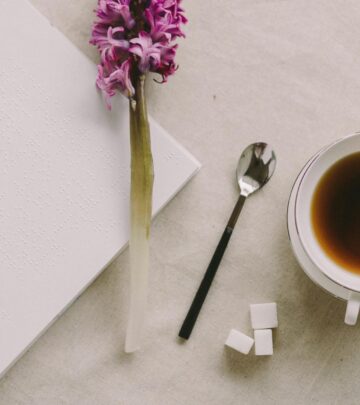
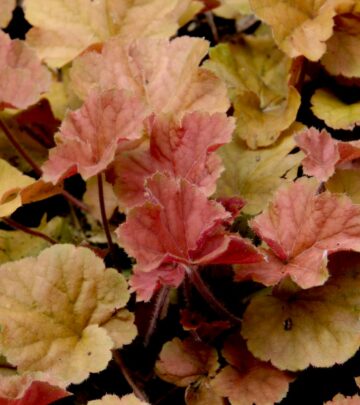

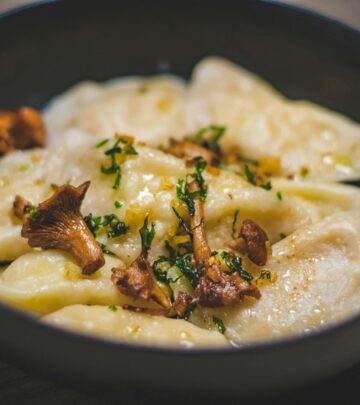
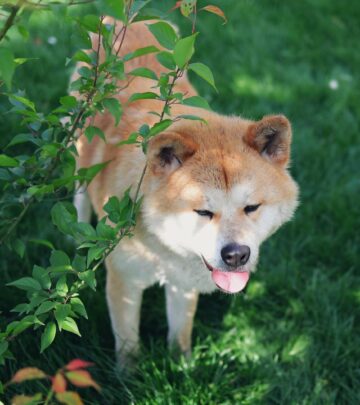

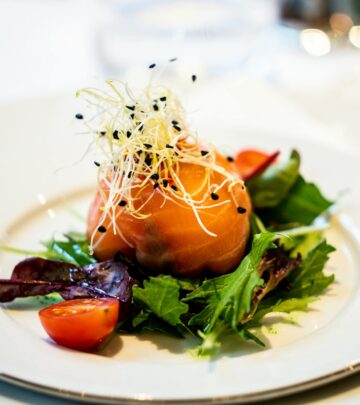



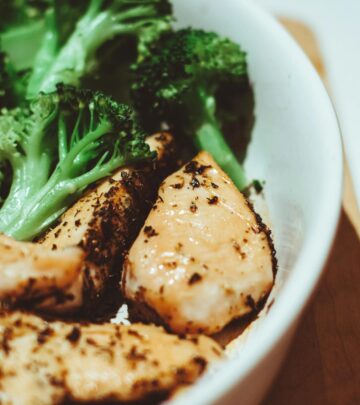

Community Experiences
Join the conversation and become a part of our empowering community! Share your stories, experiences, and insights to connect with other beauty, lifestyle, and health enthusiasts.